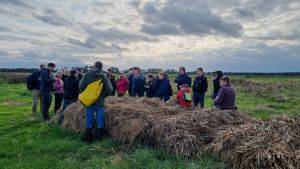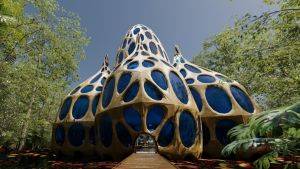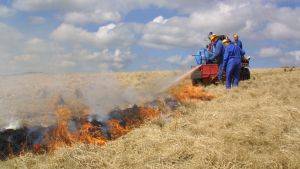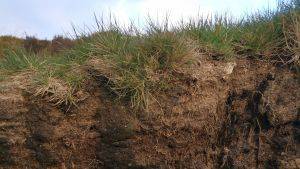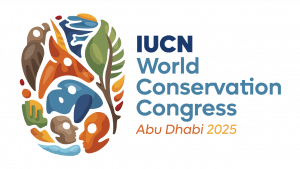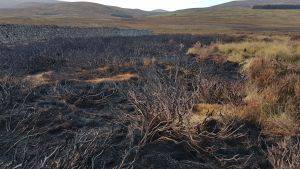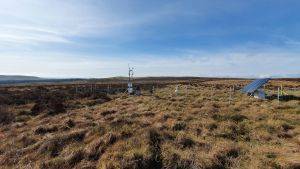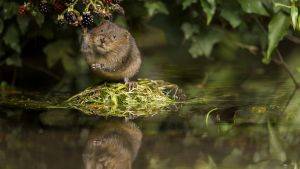The IUCN UK National Committee has approved a certification body to validate and verify peatland restoration projects under the Peatland Code for their climate benefits.
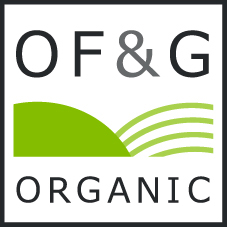 The appointment of OF&G working in partnership with Acoura Certification Ltd will provide unique benefits for the effective development and implementation of the Peatland Code, with the collaboration building on existing work both organisations undertake in the environmental certification space including the Woodland Carbon Code, PAS 100 Compost and PAS 110 Biofertiliser certification.
The appointment of OF&G working in partnership with Acoura Certification Ltd will provide unique benefits for the effective development and implementation of the Peatland Code, with the collaboration building on existing work both organisations undertake in the environmental certification space including the Woodland Carbon Code, PAS 100 Compost and PAS 110 Biofertiliser certification.
The Peatland Code Executive Board of the IUCN UK National Committee made the important decision to select an independent, third party certification body, so that private investors in peatland restoration projects through the Code would be provided with the utmost assurance that any purchases they make will return verifiable climate benefits over the project(s) duration.
Jillian Hoy, Peatland Code Co-ordinator for the IUCN UK Peatland Programme said:
“Appointing a validation/verification body is an important step in the development of the Peatland Code. The provision of independent assurance allows peatland projects to confidently demonstrate their emissions reduction potential and secure carbon finance to make restoration possible.”
UK peatlands store over three billion tonnes of carbon, but with over 80% damaged much of this is being lost to the atmosphere – around 10 million tonnes of carbon dioxide in the UK alone. Peatland restoration is a tried and tested solution to this climate issue, but investment to fix the problem is urgently needed. The Peatland Code is designed to facilitate the use of private investment in the UK voluntary carbon market motivated by corporate social responsibility, and can be used alongside public funds available through agri-environment schemes and grant-aided projects to increase the amount of restoration taking place in the UK.
The Peatland Code is issued by the IUCN UK National Committee and managed by an Executive Board that is facilitated by the IUCN UK Peatland Programme. For more information on the Peatland Code please visit www.iucn-uk-peatlandprogramme.org/peatland-code.

